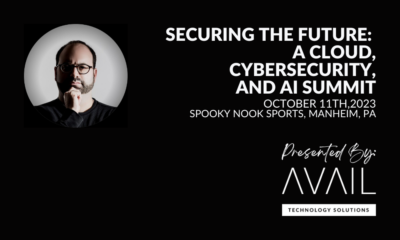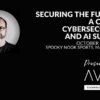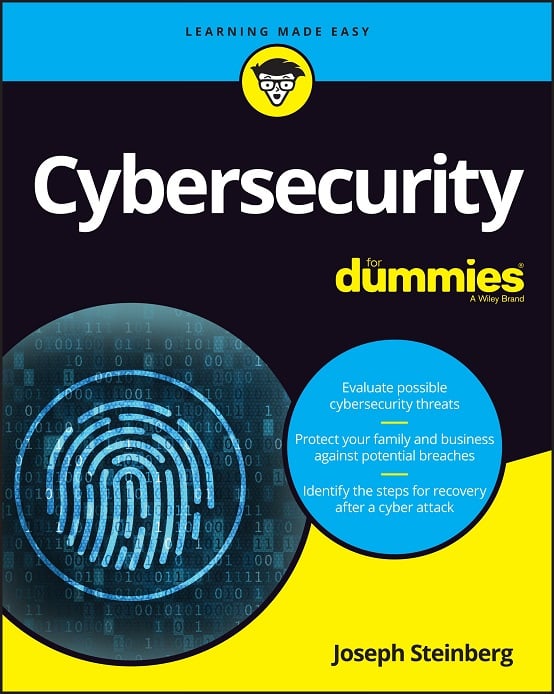Deepfake Video of Central Bank Governor and Journalist Promotes Fraudulent Investment Opportunity
Over the summer, criminals released a video of Gaston Reinesch, governor of the Central Bank of Luxembourg, and Mariette Zenners, a journalist with RTL television, in which the two are shown discussing a new “important project” of the aforementioned European nation’s central bank – a project that is designed to enable people to earn $7,000 or more per week, even if the folks participating in the project do not have any significant knowledge of investments or other areas of finance.
Reinesch and Zenners, the two people seen in the video, however, never discussed such a project, because the central bank has no so project; “the project” in question is nothing more than a scam created by criminals.
In fact, the video of the journalist and central bank Governor is a fake; it was generated by criminals who took video recordings of the two people appearing in the video, used AI to generate impersonations of their respective voices, and replaced the true audio that accompanied the actual video of the two speaking with the bogus computer-generated material.
Thankfully, the criminals who created the fraudulent video were apparently unskilled amateurs vis-à-vis generating deepfake AI videos (or at least acted as such) – and the result of their lack of skill is that video shows clear signs of having been manipulated; many viewers will notice irregularities within the video even if they are not specifically looking to find such.
One notable red flag, for example, is that Governor Reinesch is heard speaking in German, the administrative language of Luxembourg, rather than Luxembourgish, which is not only Luxembourg’s official language, but also the language that Reinesch normally utilizes when interviewed by media outlets of RTL’s nature.
Furthermore, both speakers’ mouths move in ways that are clearly out-of-sync with the audio – likely indicating that the criminals only replaced the audio accompanying the video, but did not bother to tamper with the video itself – an amateurish move considering the wide availability of tools to modify videos of mouth movements in order to synchronize such movements with accompanying audio files.
Likewise, the criminals behind this scam appear to have sourced video from multiple past RTL broadcasts rather than from a single broadcast – and did not modify the video feeds to ensure that the RTL logo remained in a consistent location throughout the final fraudulent video. A logo “jumping around” is a clear red flag that something might be amiss.
Perhaps even stranger than the moving logo is the fact that the images and graphics featured in the video depict what appears to be Switzerland – not Luxembourg.
While the recent incident is the first known occurrence of the public being targeted with a deepfake of Governor Reinesch, other central bank leaders have been impersonated as part of other scams. Furthermore, the central bank of Luxembourg is no stranger to impersonation attacks; back in 2021, in an apparent attempt to trick members of the public into believing that Luxembourg central bank was promoting various cryptocurrencies, a criminal created a crypto-promoting site fraudulently entitled “National Bank of Luxembourg” and mimicking the look and feel of the actual central bank website.
In recent years, criminals have migrated from using strictly text and images to impersonate others – evildoers now regularly utilize AI-generated audio and video.
Unfortunately, humans tend to inherently trust video recordings to be accurate (and, to some extent, extend similar trust to audio recordings) – today, however, maintaining such a belief is dangerous, naïve, and unwarranted.
Furthermore, when it comes to anything that you see or hear, please keep in mind the general principle that Abraham Lincoln stated back in 1861: “The problem with information that you read on the Internet is that it is not always true.”













 CyberSecurity for Dummies is now available at special discounted pricing on Amazon.
Give the gift of cybersecurity to a loved one.
CyberSecurity for Dummies is now available at special discounted pricing on Amazon.
Give the gift of cybersecurity to a loved one.